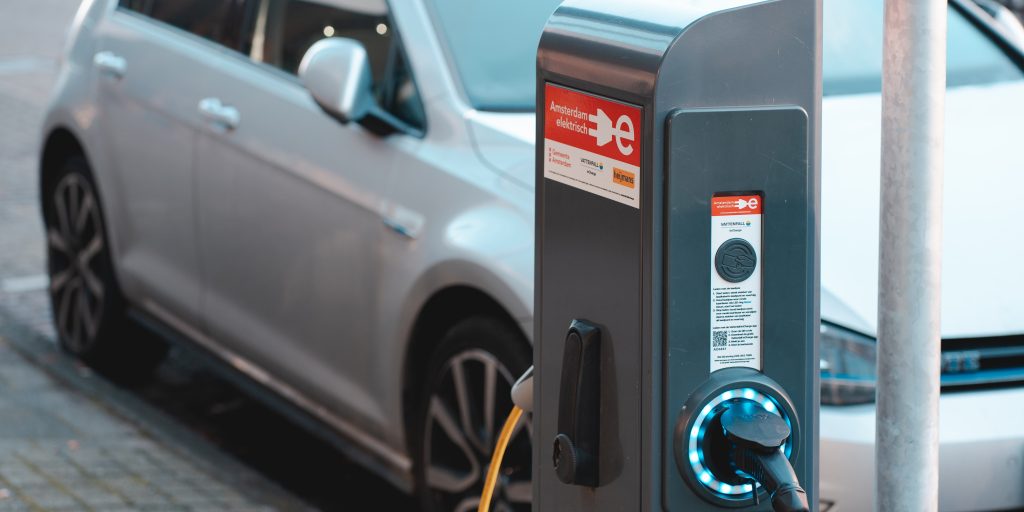
advancing sustainable mobility in India
Advancing Sustainable Mobility in India: The global automobile industry significantly impacts the greenhouse gas emissions. As per data shared by Environmental Protection Agency (EPA) the automobile industry itself produces 23% of all emissions, and human-caused emissions as a whole making up 18% of the total. In addition to harming the environment, air pollution from traffic contributes significantly to the over three million avoidable fatalities that take place worldwide each year. Also, the environment and public health are seriously threatened by the rising traffic noise.
Electric vehicles (EVs) in this scenario, are the best solution to emissions related issues. According to studies, EVs emit between 50 and 60 percent less carbon dioxide per kilometer than do traditional vehicles. These encouraging data encourage more sustainable emission patterns by altering the urban carbon emissions’ topography and air quality.
The Promise of a Sustainable Future for India
India is steadfastly dedicated to preserving international agreements on the environment. At the COP26 Summit in Glasgow the government highlighted the commitments of industry and unveiled a detailed strategy to address climate change issues.
India also aims to achieve net-zero emissions by 2070 and a remarkable 1 billion-ton reduction in carbon dioxide emissions by the end of this decade. In addition to these aspirational goals, the nation’s main goal is to transition to environmentally friendly transportation.
Also Read: Navigating the Roadblocks to Electric Vehicle Adoption in Developing Nations
Eco-Friendly Mobility and Advantages of Electric Vehicles
India has started a strong drive for environmentally friendly transportation. For instance, the EV30@30 campaign aims to achieve a silent revolution in sustainable mobility by 2030, when at least 30% of all vehicle sales in the nation would be electric. Taking on Special Challenges to Utilize Green Mobility There are certain obstacles that must be solved if the country is to effectively utilize the potential of green mobility.
For EVs to be adopted quickly, the infrastructure for charging them must be expanded. Over 5 million public charging stations are anticipated to be built across states by 2030. This will be a huge increase from the 1,742 outlets that are now in operation. Furthermore, decreasing the cost involved in outlet set-up and proper addressing to safety concerns are crucial for promoting increased EV adoption.
Green mobility offers many long-lasting benefits in climate change. Adopting sustainable transportation can help India drastically reduce the number of early deaths and illnesses brought on by air pollution and noise pollution.
A Complete Sustainability Strategy
Development of infrastructure, newer innovations, and supportive regulations are all needed for a sustainable future. Advanced Chemistry Cell (ACC) sector and the lithium-ion battery manufacturing sector plays a very important role in the development of energy storage. While India’s focus on boosting the manufacturing sector for green hydrogen production highlights its commitment towards creating a green mobility ecosystem, global and local investments along with a circular economy are required for battery usage and recycling. This way India can secure the long-term sustainability of the green mobility framework.
Employers with International Partners and Local Investments In these expanding sectors, cooperation with international partners and local investments will foster expertise and a trained workforce. For the green transportation infrastructure to be sustained over the long term, a circular economy for battery reuse and recycling must be established.
Therefore, the government’s stand to combat climate change lies under its adoption of the advancing sustainable mobility in India. Even if sustainable urban mobility is being achieved by electric vehicles, we have to remember that both technology and transportation sector are always changing. Going forward, for an effective progression in the green mobility sector, the automotive industry, governmental authority, and other stakeholders will have to be more adaptive and responsive towards these changes.



